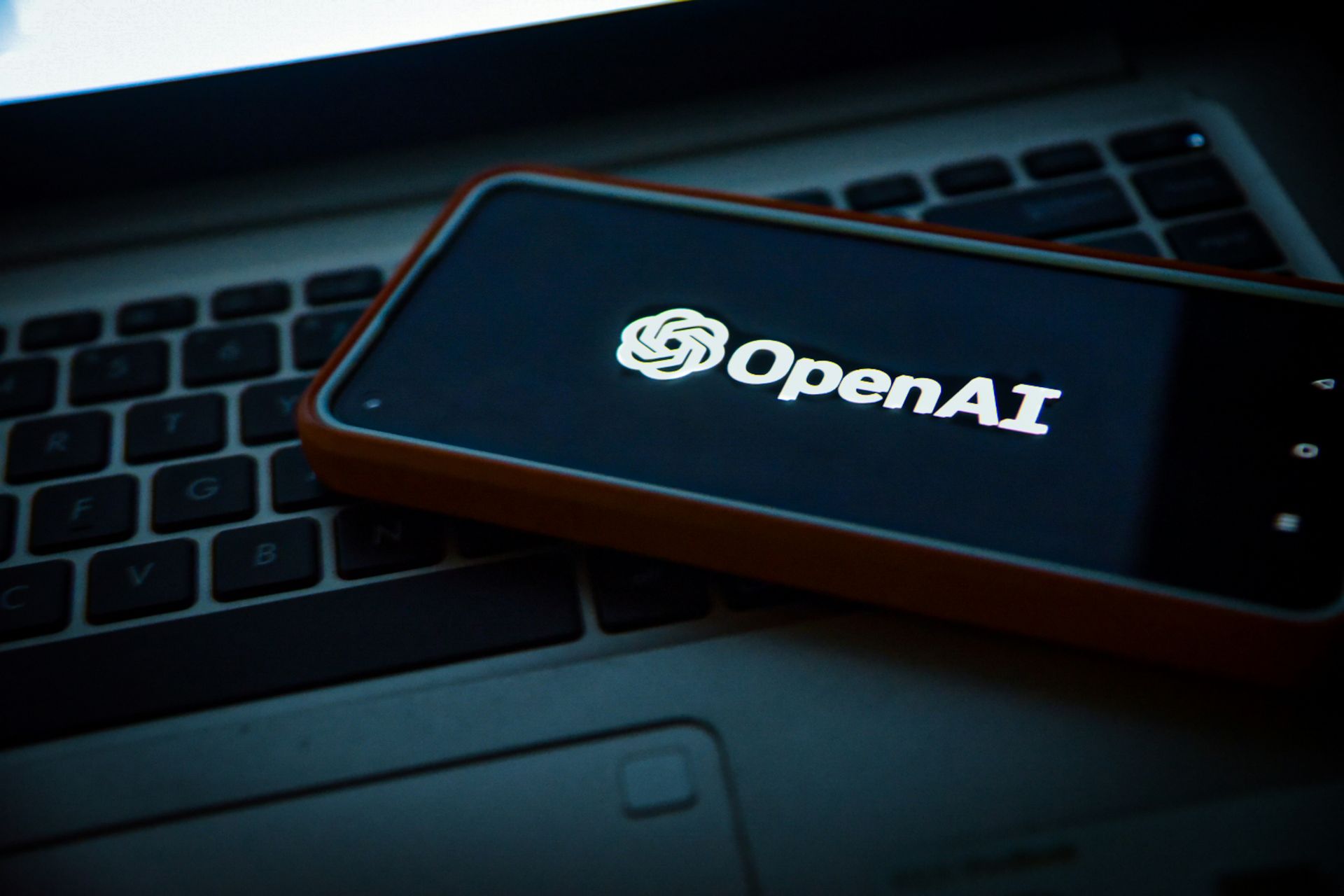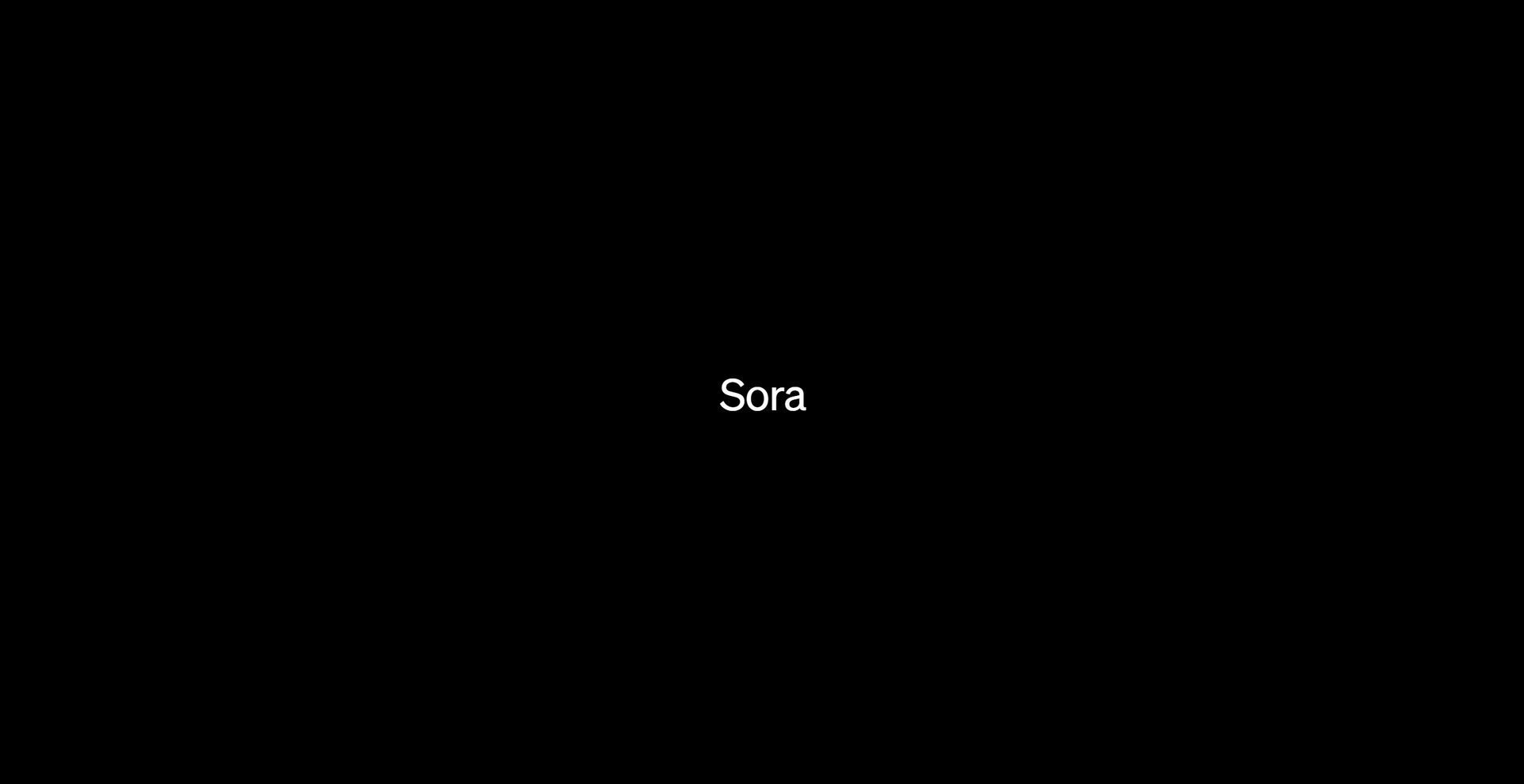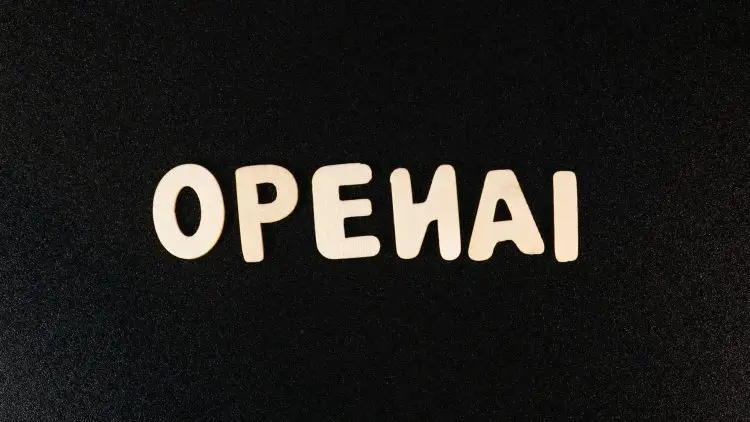Millions of users waiting for the OpenAI Sora early access waitlist to open are wondering when and how they can access this brand new text-to-video tool.
Sora AI, OpenAI’s groundbreaking text-to-video AI model, has captivated the world with its potential to generate photorealistic videos.
Naturally, many are eager to get their hands on this technology, leading to a surge in queries about how to join the OpenAI Sora early access waitlist but before we explain how, let’s watch OpenAI‘s video which showcases the model’s capabilities in their post on X once again:
Prompt: “A stylish woman walks down a Tokyo street filled with warm glowing neon and animated city signage. she wears a black leather jacket, a long red dress, and black boots, and carries a black purse. she wears sunglasses and red lipstick. she walks confidently and casually.… pic.twitter.com/cjIdgYFaWq
— OpenAI (@OpenAI) February 15, 2024
Is OpenAI Sora early access open?
OpenAI Sora early access remains closed to the general public. OpenAI is meticulously managing Sora’s rollout, with access currently limited to safety researchers evaluating the model’s potential risks and hand-selected visual artists and filmmakers offering feedback.
Currently, there exists no official waitlist for OpenAI Sora. Sora is still under development, and OpenAI is likely focused on refining and testing the model before expanding access.

How to join OpenAI Sora early access waitlist
While there’s currently no OpenAI Sora early access waitlist, taking proactive steps can maximize your chances of being among the first to know when access expands.
Here’s what you can do to catch the OpenAI Sora early access waitlist whenever it is open:
- Monitor official OpenAI channels:
- Check the OpenAI Blog regularly for Sora-related announcements and broader developments
- Follow OpenAI X account for real-time updates and potential clues about Sora’s availability
- Engage with the AI community:
- Discussion forums: Participate in online forums and communities dedicated to AI and generative models. Information about Sora access might surface first in these spaces
- Social media: Follow AI enthusiasts and researchers on social media platforms for insights and potential leads
While not confirmed, it’s possible that OpenAI may factor in demonstrated interest when considering future access. Explore ways to potentially communicate your interest in Sora through appropriate channels (OpenAI website contact forms, respectful social media interaction, etc.).

How Sora works?
While we don’t have a full technical breakdown of Sora, we can make some educated guesses based on how similar AI models tend to function. Sora is a generative AI model, which means it has this amazing ability to create something entirely new – in this case, videos from simple text descriptions.
Think of Sora as having a vast library of videos and their descriptions stored in its “brain.” It’s learned to recognize patterns between what something looks like and how you would describe it with words. When you give it a text prompt, Sora digs into this knowledge and tries to build a visual representation of your words.
It likely starts by figuring out the key parts of your description – the important objects, actions, and how they relate to each other. It then begins to imagine what those things might look like visually. Maybe it first generates some keyframes, like snapshots of the most important moments, and then fills in the gaps. Picture it like starting with a rough sketch and gradually adding more detail and refining the image until it matches your description.

Current state of OpenAI Sora early access
Here’s what you need to know:
- Limited access: Sora is currently only accessible to a select group including safety evaluators and invited artists and filmmakers
- No release date: OpenAI has not yet announced a timeline for broader availability
- Beware of scams: Be cautious of fraudulent websites or social media claims offering access to Sora. Rely only on official OpenAI channels for accurate information
Featured image credit: Kim Menikh/Unsplash.





